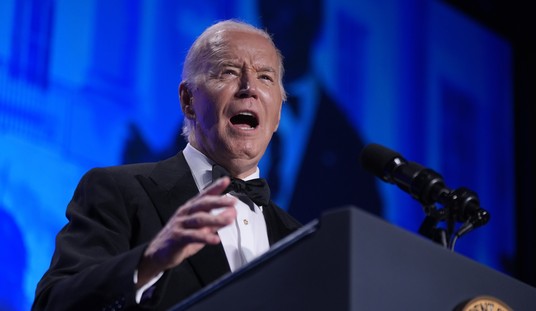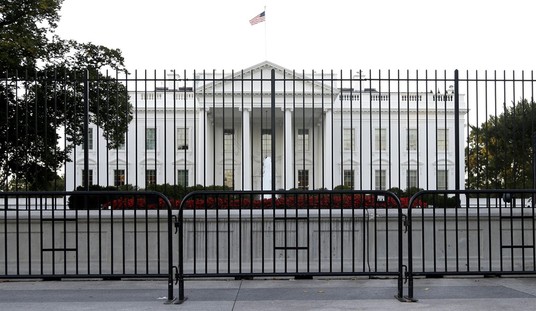While political activists have been caught up in the 2018 midterm elections for much of the past two years, most Americans haven't been paying attention. That will begin to change after Labor Day as people who don't obsess about politics begin to consider the choices before them.
Because so many people are just starting to get engaged, it's challenging to predict what the results will look like when the votes are finally counted in November. However, as the summer winds down, it is clear that Republicans face an uphill battle to maintain control of the House. As for the Senate, it's the Democrats who face a difficult environment.
In the House of Representatives, Democrats need to pick up a net of 23 seats to gain control. Race-by-race projections at ScottRasmussen.com show that 8 Republican House seats are already projected to flip to the Democrats. No Democratic seats are projected to flip the other way.
As a result, therefore, the Democrats need to net only 15 additional seats to win the House. And, they have plenty of opportunities. Thirty-seven Republican House seats are at a high level of risk (either rated as pure tossups or just barely tilting in the GOP direction). Only 3 Democratic seats are at a high level of risk.
Unless the GOP gains a lot of ground between now and November, Democrats are likely to hang on to their 3 seats in competitive races. That means they'd have to win just 15 of the 37 Republican seats at risk to win the majority. They are more likely than not to achieve that goal, but it's far from a sure thing.
Recommended
The race for control of the Senate, however, remains much more favorable for the Republicans. There are two primary reasons for this. First, the key Senate races are being fought in Republican territory. Five Democrats are seeking re-election in states that Donald Trump carried by double digits (Indiana, Missouri, Montana, North Dakota, and West Virginia). Only one Republican is running is a state that Hillary Clinton carried (Nevada).
The second advantage for Republicans is that Supreme Court nominations play a key role in Senate campaigns. Judge Brett Kavanaugh has been nominated to serve on the Court and appears likely to be confirmed shortly before the midterm elections. Among other things, the debate surrounding that confirmation will remind voters that President Trump may have more Supreme Court appointments to make in the coming years. He will certainly make a large number of lower court appointments. That will be reason enough for many GOP voters to show up and keep their party in control of the Senate.
The most likely outcome in the Senate is that Republicans will pick up a seat or two. However, there is a long shot possibility for the Democrats to win control.
In both the House and the Senate, other key issues will be the economy, health care, and immigration. Republicans have the edge on the economy, Democrats on health care, and neither party has a clear advantage on immigration. What is unnerving to strategists in both parties is that they don't really know how the voters who are just starting to pay attention to their messages will respond.
It will be an interesting couple of months.
























Join the conversation as a VIP Member